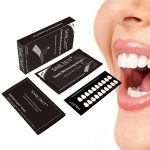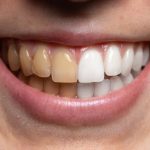Whiten Between Teeth: Top Tips and Tricks for a Brighter Smile
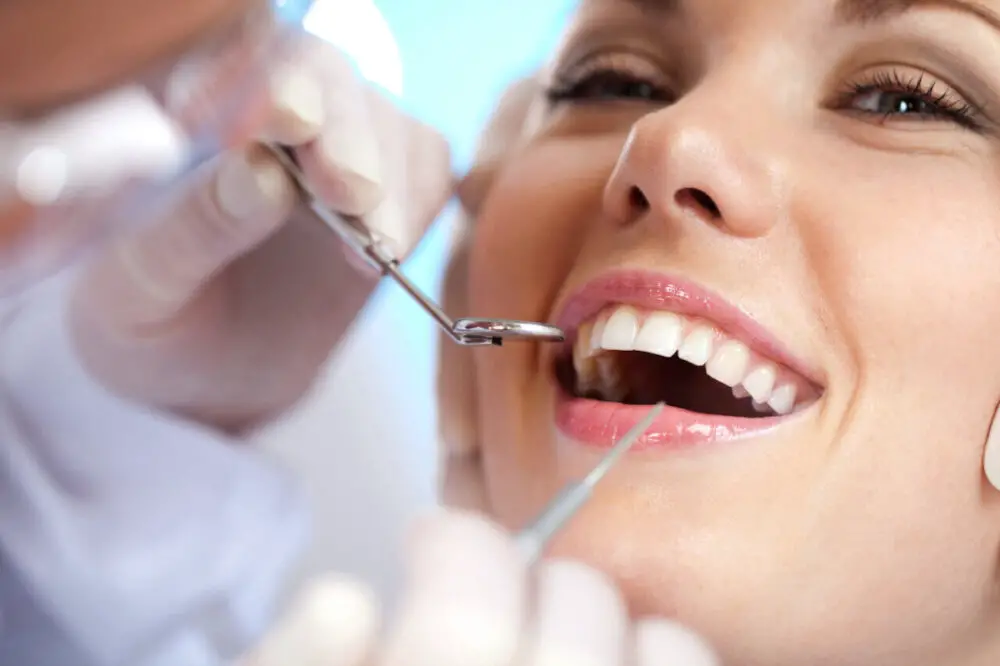
A bright and dazzling smile is often considered a significant aspect of one’s personality. However, maintaining pearly white teeth can be challenging, especially with the consumption of beverages like coffee, tea, and soda, which can cause staining. This is where teeth whitening comes into play. Teeth whitening is a cosmetic procedure that helps to remove stains and discoloration from teeth to give them a brighter and youthful appearance. While there are several teeth whitening options available in the market, it can be overwhelming to choose the right method. In this article, we will explore the top tips and tricks for whitening between teeth and achieving a brighter smile. One of the most effective ways to whiten teeth is by maintaining good oral hygiene. Brushing and flossing your teeth regularly can help remove surface stains and prevent the buildup of plaque that causes discoloration. Additionally, using a good quality toothpaste that contains ingredients like baking soda, hydrogen peroxide, or activated charcoal can also help whiten teeth. However, it’s essential to be cautious with these products, as excessive use can lead to tooth sensitivity or enamel erosion. In the next section, we will discuss some other popular teeth whitening methods that can help you achieve a brighter and confident smile.
Understanding the Causes of Discolored Teeth
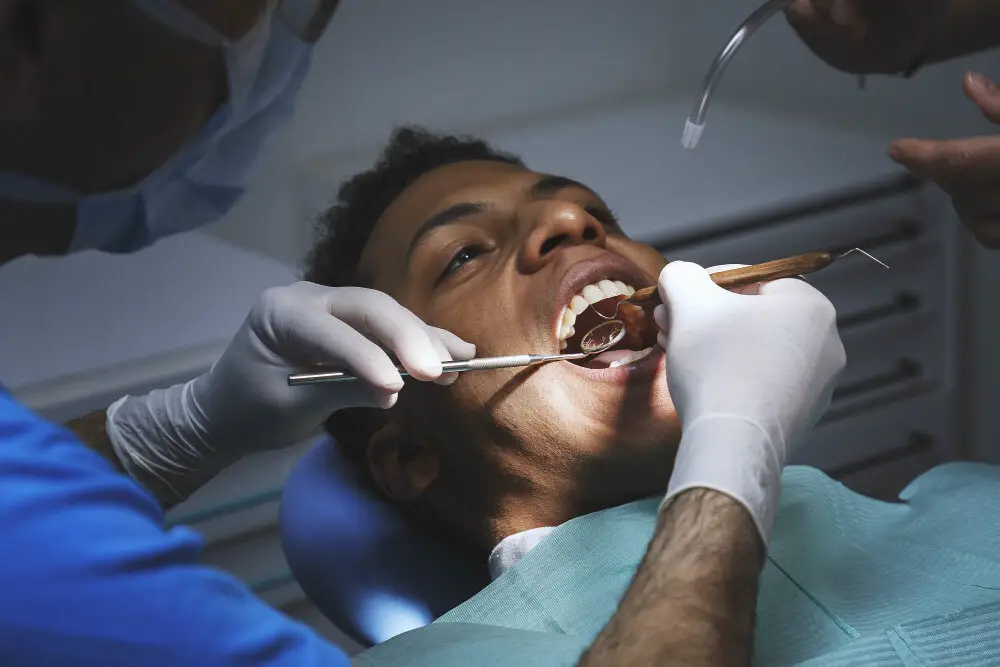
Discolored teeth can be a source of embarrassment and self-consciousness for many people. While there are several causes of discolored teeth, some of the most common include consuming certain foods and drinks, smoking, genetics, and poor oral hygiene. Teeth can become discolored when the enamel on the teeth becomes worn down or stained. This can be caused by a variety of factors, including drinking coffee or tea, smoking cigarettes, and consuming sugary or acidic foods and drinks. Over time, these substances can cause the enamel on the teeth to become discolored, resulting in a dull, yellowed appearance. Another possible cause of discolored teeth is genetics. Some people may be born with teeth that are naturally more yellow or gray in color, while others may develop discoloration over time due to aging. In addition, poor oral hygiene can also contribute to discolored teeth. Failure to brush and floss regularly can allow plaque and other substances to build up on the teeth, leading to discoloration and other oral health issues. Understanding the causes of discolored teeth is an important first step in achieving a brighter, healthier smile. By identifying the underlying cause of your tooth discoloration, you can take steps to address the issue and achieve a whiter, more radiant smile.
Tooth discoloration is a common problem that affects many people, and it can be caused by a variety of factors. Smoking is one of the most common causes of tooth discoloration, as it stains the teeth with nicotine and other chemicals. Aging is another common cause of tooth discoloration, as the enamel on our teeth wears down over time, making the underlying dentin visible, which is naturally yellow in color. Diet is also a significant factor in tooth discoloration, as certain foods and drinks can cause staining, such as coffee, tea, red wine, and dark-colored berries. By being mindful of these causes and taking steps to prevent them, such as quitting smoking, practicing good oral hygiene, and avoiding certain foods and drinks, you can maintain a brighter, whiter smile.
When it comes to teeth discoloration, there are two main types of stains to consider: extrinsic and intrinsic. Extrinsic stains are caused by external factors such as food, drinks, tobacco, and poor oral hygiene. These stains are usually found on the surface of the teeth and can often be removed through regular brushing, flossing, and professional dental cleaning. On the other hand, intrinsic stains occur within the tooth itself and are often caused by trauma, aging, genetics, or certain medications. These stains can be more difficult to remove and may require more advanced whitening treatments such as bleaching or veneers.
OvertheCounter Teeth Whitening Products
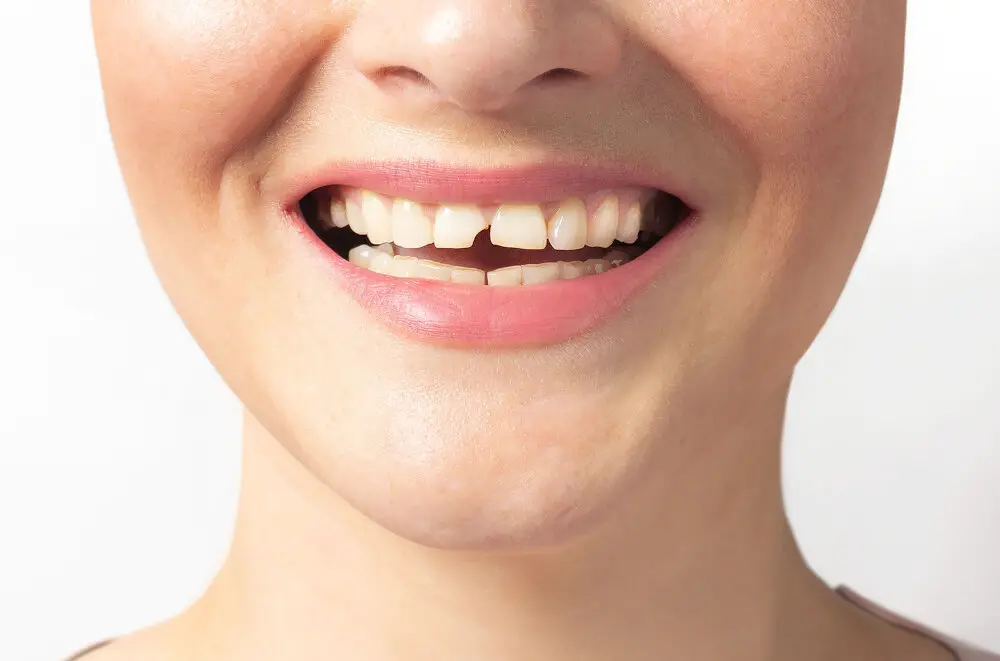
Over-the-counter teeth whitening products have become increasingly popular in recent years, as people seek to achieve a brighter, more confident smile. These products come in various forms, including whitening strips, gels, pens, and trays. While they can be effective in removing surface stains and lightening teeth, it’s important to be aware of their limitations and potential risks. One common issue with over-the-counter whitening products is sensitivity. The chemicals used in these products can cause temporary sensitivity or discomfort in the teeth and gums. It’s important to follow the instructions carefully and avoid overuse to minimize these side effects. Additionally, over-the-counter products may not be effective for all types of discoloration. For example, if teeth are naturally yellow or gray, or if the discoloration is caused by medication, over-the-counter products may not provide significant improvement. In these cases, a dentist may recommend professional teeth whitening or other cosmetic treatments.
There are various whitening products available in the market that can help you achieve a brighter smile. Whitening toothpaste is a popular option that contains mild abrasives that can remove surface stains from your teeth. Whitening strips use a thin, flexible plastic coated with a peroxide-based gel to remove deeper stains between teeth. They are easy to use and can be applied at home. Whitening gels are also effective in reducing discoloration and brightening teeth. They contain a higher concentration of peroxide than toothpaste or strips, so they should be used with care. However, it’s important to note that these products may not work for everyone and should be used as directed by the manufacturer or your dentist.
When it comes to teeth whitening products, there are many options available on the market. Some of the most popular products include whitening toothpaste, strips, gels, and trays. Each product has its pros and cons, and their effectiveness may vary depending on the individual. Whitening toothpaste is the most convenient option and can help remove surface stains, but it may not provide significant results for deep stains. Whitening strips and gels can be more effective, but they require consistent use over a period of time. Whitening trays may provide the most significant results, but they can be uncomfortable to wear and require a longer application time. It’s important to weigh the pros and cons of each product before choosing the one that works best for your needs and budget.
When it comes to achieving a brighter smile, people often overlook the potential safety concerns associated with teeth whitening. While over-the-counter whitening products may seem like a convenient and affordable solution, they can contain harsh chemicals that may damage tooth enamel and irritate sensitive gums. It is crucial to follow the instructions carefully and not exceed the recommended usage time or frequency. Additionally, it is advisable to consult with a dentist before starting any teeth whitening treatment to ensure that it is safe for you and your oral health. Overall, prioritizing safety is essential for maintaining a healthy and beautiful smile.
Natural Remedies for Whiter Teeth
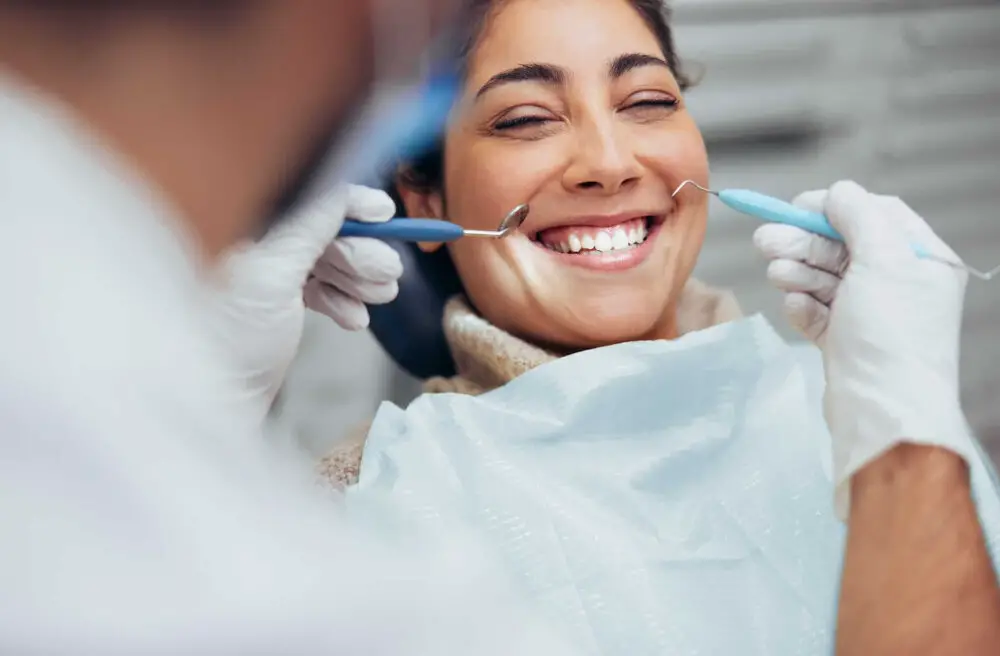
Are you tired of hiding your smile because of yellow or stained teeth? Fear not, as there are natural remedies that can help whiten your teeth without the use of harsh chemicals. One of the most effective natural remedies is oil pulling. This ancient Ayurvedic practice involves swishing oil (usually coconut oil) in your mouth for 15-20 minutes. The oil helps to remove bacteria and toxins from your mouth, which can lead to whiter teeth and fresher breath. It is important to note that oil pulling should not replace brushing and flossing, but rather be used as an additional step in your oral hygiene routine. Another natural remedy for whiter teeth is baking soda. This household staple is popular for its ability to remove stains and brighten surfaces, including teeth. You can create a simple paste by mixing baking soda with water and applying it to your teeth for a few minutes before rinsing. However, it is important to use baking soda in moderation, as it can be abrasive and damage your tooth enamel if used too frequently. Remember to always consult with your dentist before trying any new natural remedies for your teeth.
Baking soda, hydrogen peroxide, and apple cider vinegar are common household items that have been used for teeth whitening for years. Baking soda is a mild abrasive that can help remove surface stains on teeth, while hydrogen peroxide can penetrate deeper to whiten teeth from the inside out. However, it’s important to use these substances carefully, as overuse can damage tooth enamel. Apple cider vinegar, on the other hand, can be effective at removing stubborn stains, but it should be diluted and used sparingly to avoid damaging tooth enamel. While these natural remedies can be a cost-effective way to whiten teeth, it’s important to consult with a dentist before using them to ensure that they’re safe for your teeth and gums.
While natural remedies can be effective for whitening teeth, it’s important to be aware of potential risks and side effects. For example, using acidic substances like lemon or apple cider vinegar can erode tooth enamel over time, leading to sensitivity and increased risk of cavities. Baking soda, another commonly used natural whitener, can also be abrasive and potentially damage enamel if used too frequently or aggressively. Additionally, certain herbal remedies like charcoal may not be proven effective and can even cause harm if ingested in large amounts. It’s always best to consult with a dentist before trying any new whitening method, natural or otherwise, to ensure that it’s safe and appropriate for your individual needs.
Professional Teeth Whitening Options
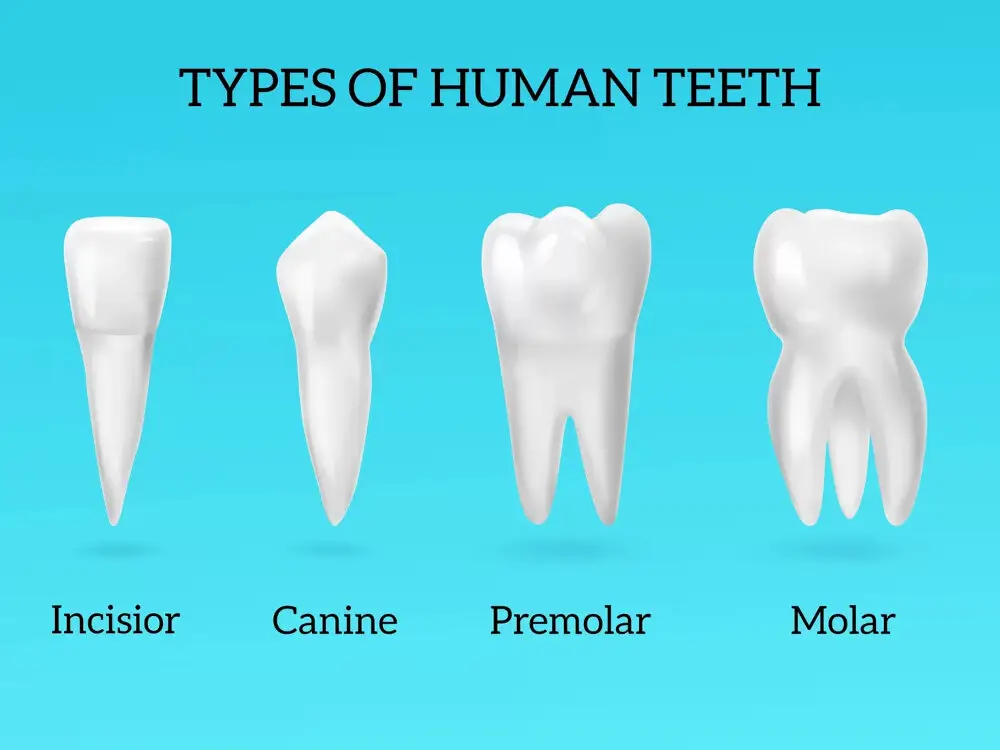
Professional teeth whitening options are becoming increasingly popular as people seek to improve the appearance of their smiles. These options are typically more effective than over-the-counter whitening products, as they use stronger bleaching agents and are administered by trained professionals. One popular option is in-office whitening, which involves the use of a high-powered light and a bleaching gel to remove stains and discoloration from teeth. This method can produce dramatic results in just one or two sessions, making it a great option for people who want to see quick improvements in the appearance of their teeth. Other professional whitening options include take-home trays and strips that are customized to fit each patient’s teeth and deliver a more gradual whitening effect over several weeks. While professional teeth whitening options can be more expensive than over-the-counter products, they offer several benefits that make them worth the investment. For one, these options are typically more effective at removing stubborn stains and discoloration. They are also safer, as they are administered by trained professionals who can monitor the process and ensure that the bleaching agents are not causing any damage to the teeth or gums. Additionally, professional whitening options often provide longer-lasting results than over-the-counter products, meaning that patients can enjoy a brighter, more confident smile for a longer period of time. Overall, professional teeth whitening options are a great choice for anyone who wants to achieve a brighter, more beautiful smile.
In-office whitening treatments are considered to be the most effective option for those looking to achieve a brighter smile quickly. These treatments are performed by dental professionals and can typically be completed in one office visit. The procedure involves applying a high-concentration bleaching gel to the teeth, which is then activated with a special light. The results of in-office whitening treatments can be dramatic, with teeth appearing up to 8 shades whiter. However, it’s important to note that the effectiveness of the treatment can vary depending on the individual’s level of staining and the cause of the discoloration. Additionally, in-office whitening treatments can be more expensive than other options and may cause temporary sensitivity or discomfort.
While over-the-counter teeth whitening products may seem like a convenient and affordable solution, they simply cannot compare to the benefits of professional teeth whitening. Professional whitening utilizes high-quality, medical-grade products and equipment to provide a safe and effective treatment that can significantly brighten your smile in just one session. Additionally, a trained dental professional can tailor the treatment to your specific needs and ensure that it is applied evenly and correctly, avoiding any potential damage to your teeth and gums. The results of professional whitening are also longer-lasting and more consistent than those of over-the-counter products, giving you the confidence to show off your bright, white smile for months to come.
Professional teeth whitening is a popular cosmetic procedure that can enhance the brightness and radiance of your smile. However, like any medical treatment, it comes with potential risks and side effects that you should be aware of. The most common side effects of teeth whitening include tooth sensitivity, gum irritation, and mild discomfort. In rare cases, some patients may experience severe gum irritation or tooth damage, particularly if they have pre-existing dental conditions. Moreover, overusing whitening products can lead to enamel erosion, which can cause long-term damage to your teeth. Therefore, it’s essential to consult with a dentist before undergoing teeth whitening treatment and follow their instructions to minimize the potential risks and side effects.
The article \Whiten Between Teeth: Top Tips and Tricks for a Brighter Smile\ provides valuable information on how to achieve a brighter smile. The author highlights the importance of maintaining good oral hygiene habits, such as brushing and flossing regularly, to prevent stains and discoloration. The article also suggests using whitening toothpaste, mouthwash, and strips to help remove surface stains. Additionally, the author recommends avoiding certain foods and drinks that can cause staining, such as coffee and red wine. Overall, the article offers useful tips and tricks to help individuals achieve a whiter, brighter smile.
When it comes to teeth whitening, there are a variety of options available to suit individual needs and preferences. For those who prefer a natural approach, brushing with baking soda or using activated charcoal may be effective. However, for those who want more immediate and dramatic results, professional teeth whitening treatments at a dental office or using at-home whitening kits may be the best choice. It’s important to consider factors such as sensitivity, budget, and desired level of whitening when choosing a teeth whitening option. Consulting with a dentist or dental professional can also provide valuable guidance and recommendations on the best approach for achieving a brighter, more confident smile.
Conclusion

In conclusion, achieving a brighter smile by whitening your teeth can be a game-changer in boosting your confidence and overall appearance. Whether it’s through at-home remedies or professional treatments, there are various options available to help you achieve your desired results. However, it’s important to keep in mind that maintaining good oral hygiene habits and limiting consumption of staining substances can also help keep your teeth looking their best. With these top tips and tricks, you can confidently flash your pearly whites and leave a lasting impression on those around you.




